Bypassing alarm zones on an ADT system can be a crucial skill for homeowners who want to avoid triggering unnecessary alarms while still maintaining security in designated areas. Whether you’re dealing with faulty sensors or simply need temporary access to a secured zone, understanding the process of bypassing alarm zones can provide peace of mind and convenience.
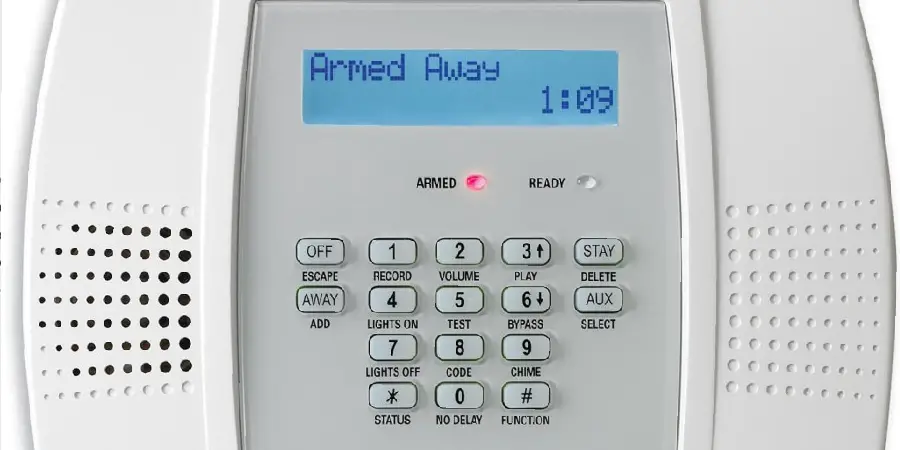
However, it’s important to approach this with caution, as improperly bypassing zones can compromise the overall security of your system. In this guide, we’ll delve into how to bypass alarm zone adt safely and effectively.
From identifying the zones to be bypassed to navigating the keypad interface, we’ll explore the necessary procedures to ensure that your home remains protected while allowing for flexibility in its security measures. By mastering this technique, homeowners can confidently manage their ADT systems to suit their specific needs without sacrificing safety.
Importance of Bypassing Alarm Zones
Bypassing alarm zones plays a crucial role in the functionality and flexibility of a home security system. It allows homeowners to tailor their security measures to current needs without disabling the entire system. For instance, if a particular sensor is malfunctioning, bypassing that zone prevents false alarms that could lead to unnecessary stress, potential fines, or emergency services being dispatched erroneously.
Additionally, it provides the freedom to move within the house or perform specific tasks that might otherwise trigger an alarm, such as late-night check-ins or early morning departures, without compromising the security of other areas. Effectively managing alarm zones through bypassing techniques ensures that security is maintained where it’s needed most, while still accommodating day-to-day activities and specific circumstances that require temporary adjustments to the security setup.
Understanding Alarm Zones in ADT Systems
Alarm zones in ADT systems refer to the segmented areas of your home that are monitored by individual sensors connected to your security system. Each zone can be thought of as a distinct section of your house, such as the front door, garage, living room windows, or any other area you deem important to monitor for security breaches.
The concept of zones allows for more precise control over your security settings and helps in identifying the exact location of potential security threats or breaches within your home. Typically, when setting up an ADT security system, homeowners work with security professionals to designate these zones based on their home’s layout and specific security needs. Understanding how these zones are defined and how they function is essential for effectively managing and bypassing them as needed.
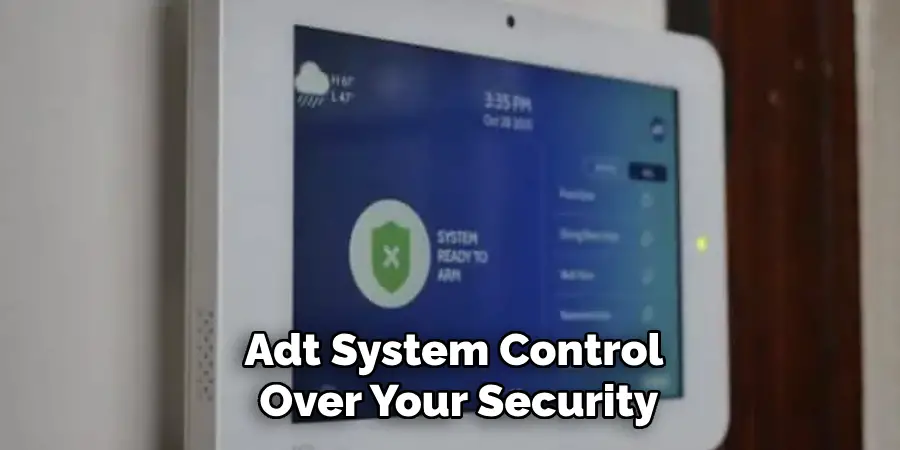
This granular level of control not only enhances the security of your property but also increases the system’s flexibility, allowing for adjustments that accommodate your lifestyle and daily routines without compromise.
Definition of Alarm Zones
Alarm zones are essentially the backbone of a home security system, serving as designated areas that are monitored for unauthorized entries or disturbances. These zones are created by grouping one or more sensors together that monitor a specific area or type of activity within the home. For instance, all the windows on the first floor of a house may constitute one zone, while all smoke detectors could be grouped into another.
The primary purpose of these zones is to allow homeowners and security services to pinpoint exactly where an alarm has been triggered within the property. By segmenting a home into different zones, it’s possible to customize the level of security in each area, such as arming only the ground floor windows and doors at night or isolating a particular room that contains valuables.
This segmentation not only enhances the efficiency of the security system but also provides significant flexibility in its operation, enabling users to adapt their safety measures to fit their lifestyle and security needs accurately.
Types of Alarm Zones in ADT Systems
ADT security systems classify alarm zones into various types to cater to the different security needs within a home. Understanding these distinctions is crucial for homeowners to effectively manage and bypass zones when necessary. Here are the most common types of alarm zones in ADT systems:
- Perimeter Zones: These zones encompass the outer boundary of the home, including all entry points such as doors and windows. Perimeter zones are the first line of defense, alerting homeowners to any attempts to enter the home unlawfully.
- Interior Zones: Interior zones provide a second layer of security within the home. They are typically associated with motion detectors that activate when movement is detected within a specified area, such as hallways or rooms.
- 24-Hour Zones: Also known as constant zones, these are always active, regardless of whether the system is armed or not. They are used for monitoring smoke detectors, carbon monoxide detectors, and panic alarms to ensure safety around the clock.
- Silent Zones: Silent zones trigger an alarm without generating an audible alert within the home. This type is often used in situations where an intruder should not be alerted to the system’s response, such as silent alarms sent to the monitoring center or authorities.
- Entry/Exit Zones: These zones allow for a delay before the alarm is activated, providing homeowners a window to disarm the system upon entering or arming it when leaving the property. This feature prevents false alarms during routine comings and goings.
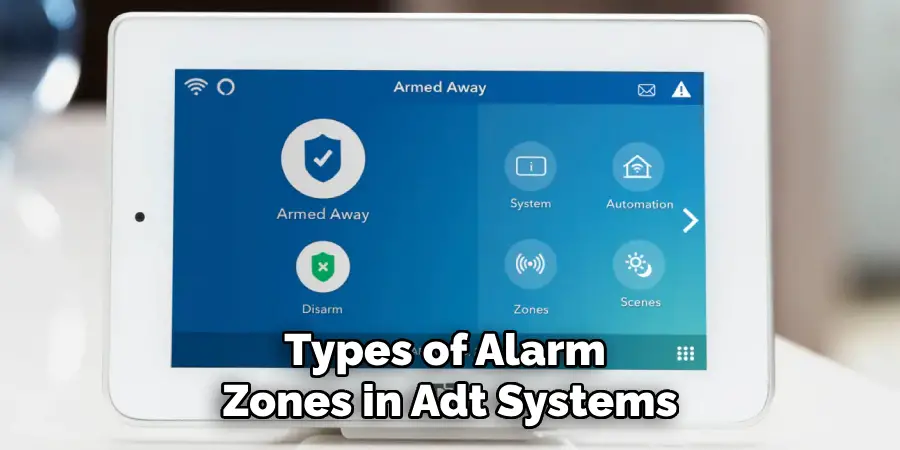
By categorizing alarm zones in this manner, ADT systems offer homeowners comprehensive coverage and control over their home security, allowing for a balanced approach that prioritizes both protection and convenience.
Temporary Changes or Repairs
Temporary changes or repairs to a home security system, including ADT systems, often necessitate the temporary bypassing or deactivation of certain alarm zones. This may be required when maintenance work, home improvements, or even the installation of new equipment takes place within the monitored zones.
For instance, if renovations are being done around the front door or windows, it might trigger the perimeter zones causing unnecessary alarms. Therefore, homeowners have the ability to temporarily bypass these zones to prevent false alarms during the work period.
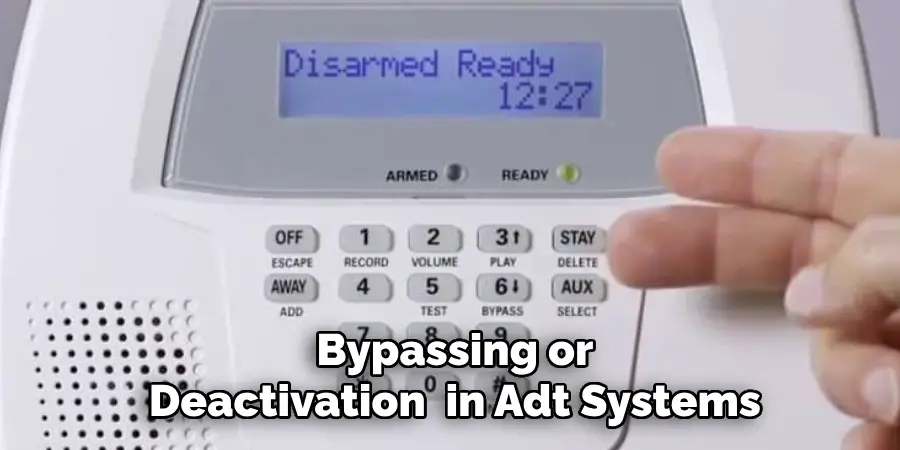
The process typically involves entering a code into the security system’s keypad or using a mobile app to selectively deactivate the zones affected by the repair or change. It’s crucial for homeowners to remember to reactivate these zones once the work is completed to ensure their home remains fully protected.
Additionally, notifying the monitoring center about temporary changes can avoid confusion and ensure that the house remains under surveillance for other types of emergencies. Managing temporary bypasses effectively ensures that even during periods of vulnerability, such as repairs or installation, the security of the home is compromised as little as possible.
10 Methods on How to Bypass Alarm Zone Adt
Home security systems are excellent at making us feel safe, but there are times when we need to temporarily disarm a zone for various reasons. Whether it’s an unreliable sensor, a developing home project, or a pet that keeps setting off the alarm, we’re often left scrambling for solutions. Here are ten savvy methods to bypass an alarm zone by ADT — your trusted guardian in home security.
1. The Security Skip
The “Security Skip” method is perfect for those unannounced late-night work calls or last-minute repairs that might trigger an alarm. Most systems have a “silent” mode, allowing you to disarm zones under total silence. Be sure to notify your monitoring company and manually check in regularly during the process.
2. Zone-Locking Temporarily
Leading up to a party or a short vacation, zone-locking ensures that a particular door or window remains temporarily bypassed. This is done through the system settings or a secured keypad code that can be set for a specific duration. Just remember to reset it as soon as the event is over.

3. Passcode Protections
Sometimes, sophisticated security requires sophisticated solutions. Rotating passcodes for various zones within a time-frame can lend an extra layer of complexity to disarming the system, deterring any potential accidental or malicious act.
4. Smart Automation Rules
Leveraging advanced technologies is a great way to make your security system work for, not against, you. Use smart rules to automatically bypass zones when your smart phone — set as a beacon — is in the vicinity or at a certain time of the day, effectively eliminating human error.
5. Manual Zone Bypass
For complete control, employ the manual zone bypass. This involves using a master key to unlock the particular zone that requires attention, ensuring that any other secured points remain unaltered. It’s important, however, to be vigilant about sealing off this area physically.
6. Remote Bypass with Mobile Apps
Being away from home doesn’t mean being away from security control. Remote bypass through a dedicated mobile app offers you the option to instantly manage your alarm from anywhere in the world with an internet connection.
7. User-Specific Disablements
Easily tailored to individual user profiles, user-specific disablements ensure that family members or trusted individuals can manage their own zones within the security system. This is especially helpful for areas that require frequent access, like a baby’s room or the backyard.
8. Secure The Perimeter
If a sensor is faulty or needs to be replaced and time is of the essence, secure the perimeter by installing and activating a temporary sensor in a discreet area. The additional layer of protection marries responsiveness with vigilance.
9. Silent Zone Alarms
For particularly sensitive zones, like a senior’s bedroom or an area with valuable items, setting silent alarms ensures that security is maintained without the audible alert. This is perfect for medical emergencies or intruder detections where noise might be counter-productive.
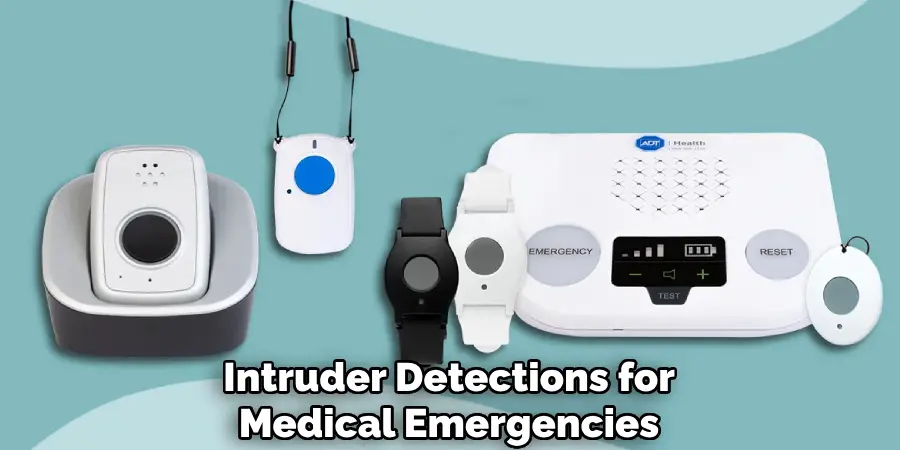
10. Seasonal Zone Controls
Adjust your security system settings based on seasonal changes or temporary lifestyle adaptations. For example, during gardening season, you might want to bypass the motion sensor in your conservatory. Regularly updating these settings reflects a dynamic approach to your home’s security needs.
No matter the method you choose, be sure to maintain constant communication with your monitoring service, and never compromise on the security of your home. These tactics are designed to offer flexibility within the robust framework of your security system, helping you manage unexpected events and maintain your peace of mind.
Troubleshooting Common Issues on How to Bypass Alarm Zone Adt
When dealing with home security systems like ADT, users can sometimes encounter technical issues that prevent the system from functioning optimally. Common problems include faulty sensors, difficulty in zone bypassing, and connectivity issues with mobile apps. Here are a few troubleshooting tips:
- Faulty Sensors: Often, sensors can malfunction due to low battery power, dirt, or improper installation. Check the battery status through your system’s control panel or app, clean the sensor with a dry cloth, and ensure it’s correctly mounted and aligned.
- Zone Bypassing Challenges: If you’re experiencing difficulty bypassing a zone, first ensure you are entering the correct code or procedure as outlined in your system’s manual. If problems persist, reboot your control panel by disconnecting and reconnecting its power supply, then try again.
- Mobile App Connectivity: Issues connecting to your home security system via mobile app can often be solved by ensuring your phone and the app are updated to the latest versions. If connectivity issues persist, try reinstalling the app or checking your home’s Wi-Fi network for stability.
- False Alarms: To minimize false alarms, regularly check and maintain all system components to ensure they are free from dust and properly aligned. Updating the sensitivity settings of motion detectors can also be beneficial, especially in households with pets.
- Keypad Issues: If your keypad is unresponsive, try resetting your system’s main panel. If it’s a battery-operated keypad, check the batteries for any need of replacement. Ensure there are no loose connections between the keypad and the main system.
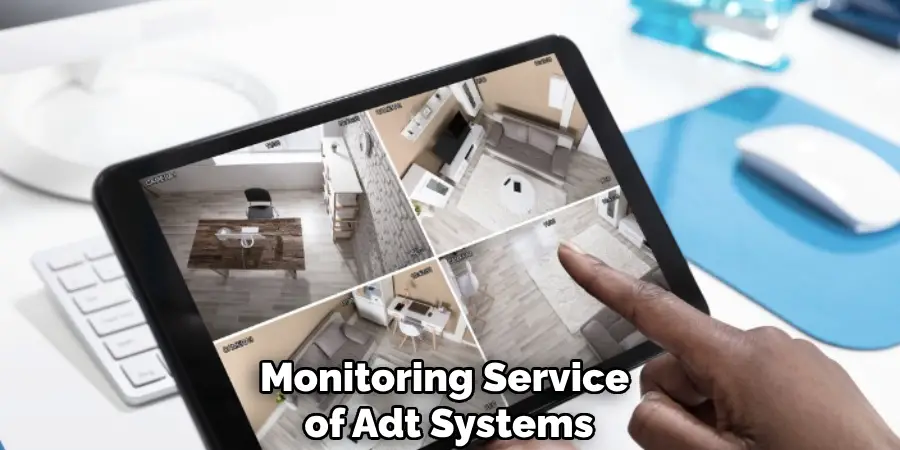
In any case, if these troubleshooting steps don’t resolve the issues, it’s advisable to contact your security system’s customer support for professional advice or service. They can provide in-depth guidance and, if necessary, dispatch a technician to your home to ensure everything is operating as it should. Maintaining regular communication with your monitoring service not only enhances the functionality of your security system but also strengthens the security of your home.
Best Practices for Using Bypassed Zones
Bypassing zones within your home security system can be a practical solution for managing temporary vulnerabilities or specific areas of your home. However, it’s crucial to employ best practices to maintain the integrity and effectiveness of your overall system.
- Timely Re-activation: Always remember to re-activate any bypassed zones as soon as the need for bypassing them has passed. Leaving zones disabled for an extended period can create security gaps.
- Routine Checks: Regularly check and test bypassed zones to ensure they are functioning correctly. This includes verifying that sensors are operational and that they can be successfully reactivated in the security system.
- Documentation and Scheduling: Keep detailed records of when zones are bypassed and for what reason. Utilizing a scheduling system for regular bypasses, such as during a specific recurring event, can help avoid confusion and ensure that all zones are active when needed.
- Notify Monitoring Services: If your home security system is monitored, inform the service provider of any temporary zone bypasses. This ensures they have an accurate understanding of your system’s status and can respond appropriately during an alert.
- Secure Alternative Measures: When a zone is bypassed, especially for an extended time, consider implementing additional security measures in that area. This could involve physical locks, temporary sensors, or even surveillance cameras to compensate for the bypass.
- Educate Household Members: Make sure all members of your household understand the implications of bypassing zones and how to correctly manage these settings. Education should include how to activate and deactivate bypasses and what to do in case of an emergency.
- Review and Update Security Protocols: Regularly review your home’s security needs and how bypassing zones fits into your overall security strategy. Updating protocols ensures your practices remain effective and adapt to any changes in your household or lifestyle.
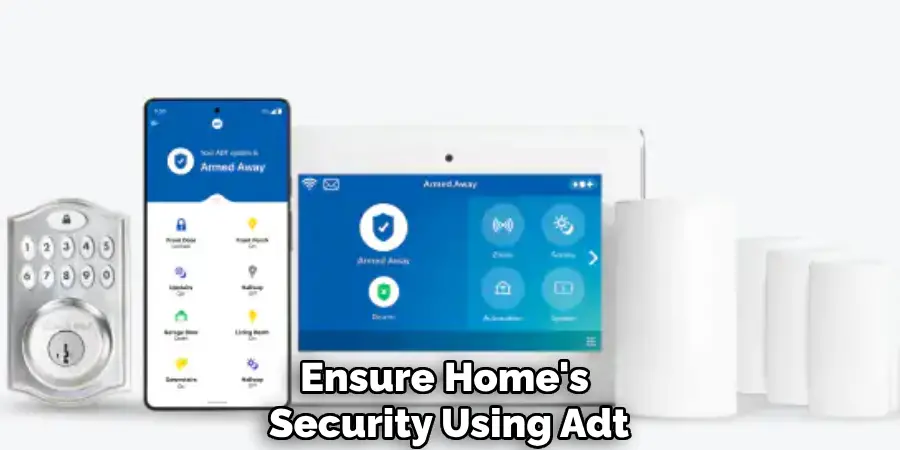
By adhering to these best practices, homeowners can ensure that using bypassed zones does not compromise their home’s security and that their system remains robust and responsive to their needs.
Conclusion
In conclusion, mastering the art of bypassing alarm zones in ADT systems is not just about convenience; it’s about ensuring the security of your property while adapting to changing circumstances. This guide has equipped you with the knowledge and steps necessary to navigate your ADT system effectively, from understanding the intricacies of alarm zones to safely bypassing them when needed.
However, it’s crucial to emphasize the importance of responsible usage and compliance with ADT’s terms of service. Regular system checks, clear communication with ADT, and professional consultation when necessary are essential for maintaining the integrity and effectiveness of your security setup. By following best practices and remaining vigilant, you can confidently manage your ADT system, safeguarding your home or business with precision and peace of mind. Thanks for reading, and we hope this has given you some inspiration on how to bypass alarm zone adt!
